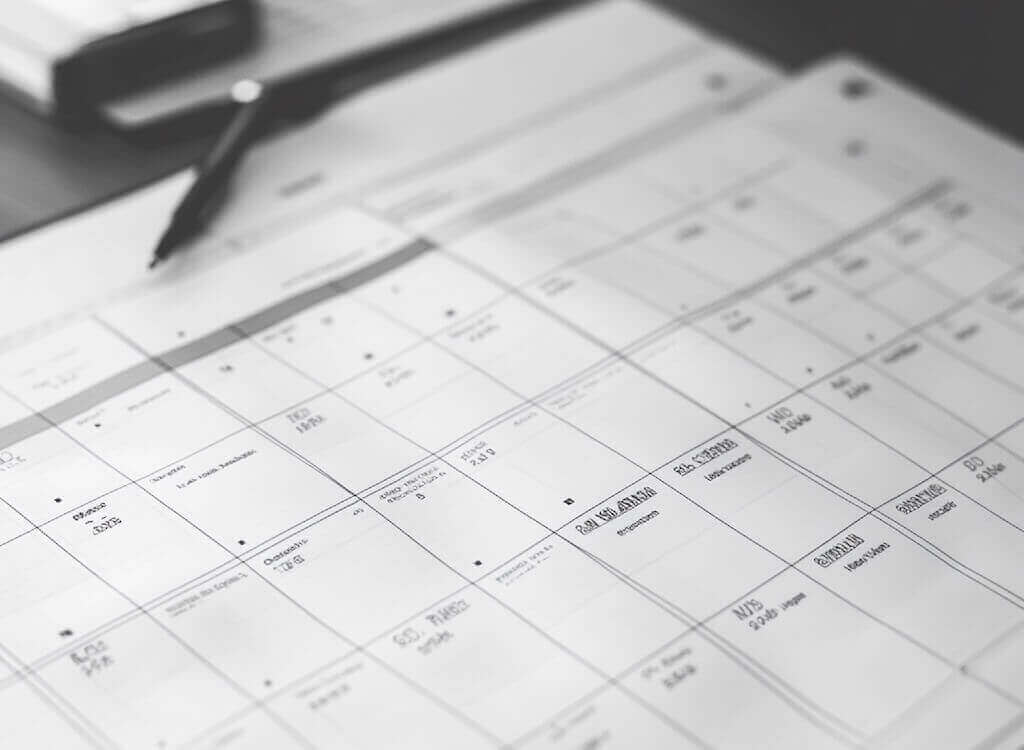
The best days to schedule and host a successful webinar is when your audience is truly ready to listen. No unnecessary theory. Everything is backed by experience. Let’s go.
Continue reading “Top days to run webinars?”
The best days to schedule and host a successful webinar is when your audience is truly ready to listen. No unnecessary theory. Everything is backed by experience. Let’s go.
Continue reading “Top days to run webinars?”
Running a webinar might seem straightforward, but getting every seat filled can be quite challenging. The secret to a packed and lively event lies in smart webinar promotion and choosing the right strategies to promote webinar effectively.
Continue reading “Webinar promotion tips for beginners”
Lighting for webinars has a direct influence on how a speaker is seen and on the overall visual quality of a webinar. Even with a good microphone and a high quality camera, poor lighting can completely ruin the impression.
Continue reading “How to choose and adjust light”
Imagine you want your own business but without all the headaches of renting warehouses, endless meetings, and a ton of employees. Sounds like a fairy tale? Actually it is a very real scenario in the world of digital products.
Continue reading “Your digital product from idea to success”
Video conferencing is one of the most useful tools that may increase your business’s popularity, attracting more new customers or investors. So much depends on how thoroughly and properly they are organized. And equipment for video conferencing plays an important role there.
Continue reading “Equipment for web conferencing”Posts navigation
Proudly crafted and hosted in the EU since 2013